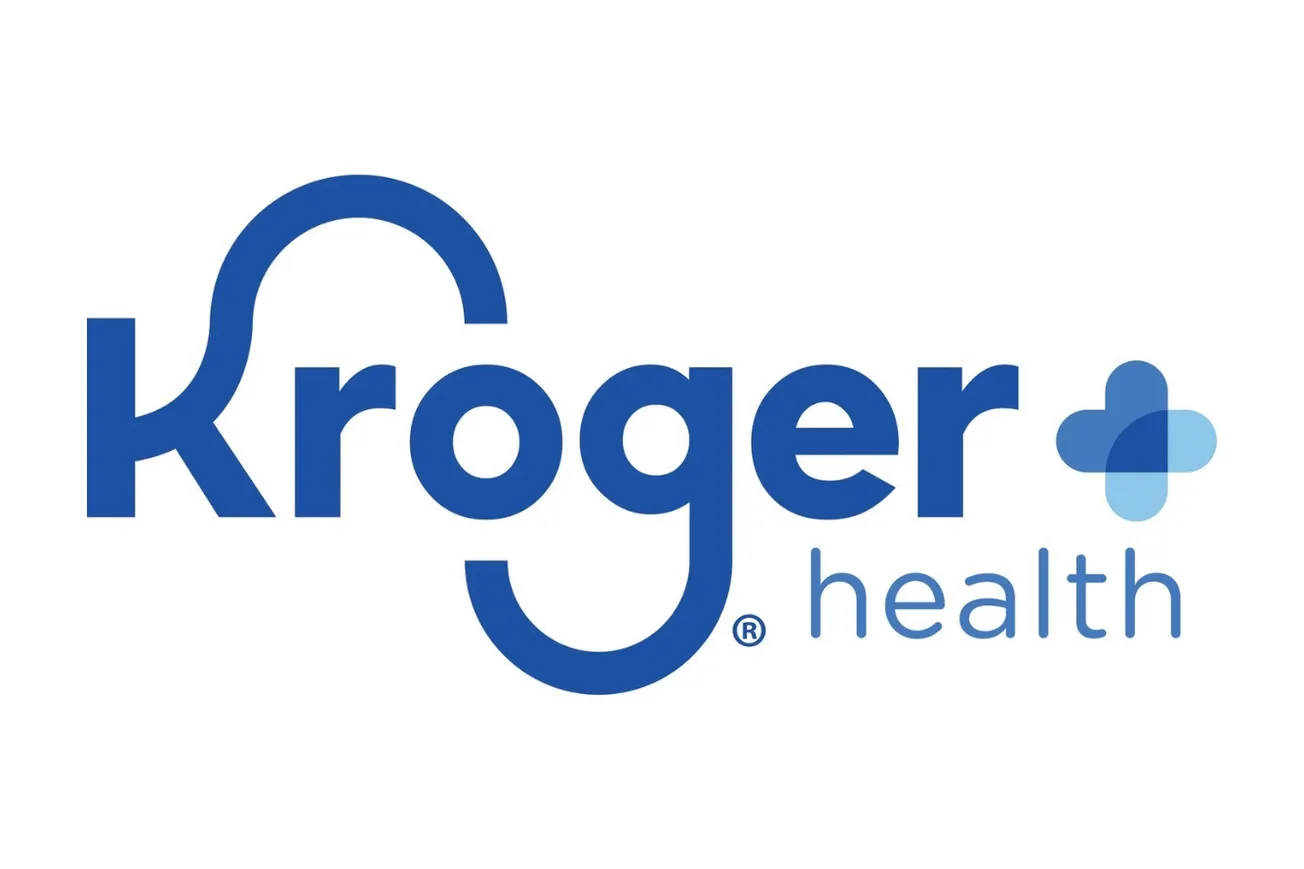BATAVIA, Ill. — Discount grocer Aldi announced it would add 900 stores in the next five years, taking its U.S. total to 2,500 and putting it third in the country by store count, behind Kroger Co. and Walmart.
Aldi said it had added $3.4 billion to its capital budget to finance the expansion. That’s on top of a previously announced $1.6 billion program to remodel 1,300 stores by 2020. The German company, which came to the United States four decades ago, now operates 1,600 stores in 35 states. Aldi’s no-frills stores offer only about one-tenth as many SKUs as a typical U.S. supermarket, some 90% of which are private label. Aldi stores average just 12,000 square feet, versus 50,000 square feet and up for traditional U.S. supermarkets.
“We pioneered a grocery model built around value, convenience, quality and selection, and now Aldi is one of America’s favorite and fastest-growing retailers,” Jason Hart, Aldi’s chief executive officer, recounted in unveiling the company’s expansion plans earlier this month. “We’re growing at a time when other retailers are struggling. We are giving our customers what they want, which is more organic produce, antibiotic-free meats and fresh, healthier options across the store, all at unmatched prices up to 50% lower than traditional grocery stores.”
Aldi’s selection continues to evolve as the retailer attempts to broaden its appeal to middle-class shoppers. Its selection of products now includes more fresh food, gluten-free options, fresh and sustainable seafood, specialty wine and cheese, and organic items from its SimplyNature line.
“We have passionate fans who know Aldi offers a smarter way to feed their families in a modern, convenient and easy-to-shop environment,” remarked Hart.
Recent data from Nielsen point to the potential for the deep-discount grocery model to thrive in the United States. Nielsen noted that Aldi and deep-discounter Lidl, which opened its first U.S. stores earlier this month, use the promise of cash savings from store brands to drive traffic to their stores. Store brands play a strategic role for winning over shoppers from other channels, according to Nielsen, which reported that Americans took 2.8% more trips to deep discounters in 2016, compared to the 0.5% increase across all retail channels.
Last year was the first time in a decade that store traffic increased, according to Nielsen, although spending was flat and 85% of the additional trips had basket sizes of fewer than 15 items.
Aldi’s internal studies show its prices are 21% lower than its lowest-priced rivals, including Walmart, according to Hart. Aldi expects that its aggressive push to remodel its stores will allow it to add new private label categories in rapidly growing categories like fresh food.
Aldi was founded more than a century ago in Essen, Germany. The retailer in 1962 took the name Aldi, short for Albrecht Discount. Aldi is divided into two legally distinct but cooperating companies, Aldi Süd and Aldi Nord, each of which operates in the United States. Illinois-based Aldi Süd runs the Aldi stores, while Aldi Nord, with East Coast and West Coast headquarters, has about 460 stores under the Trader Joe’s banner.





